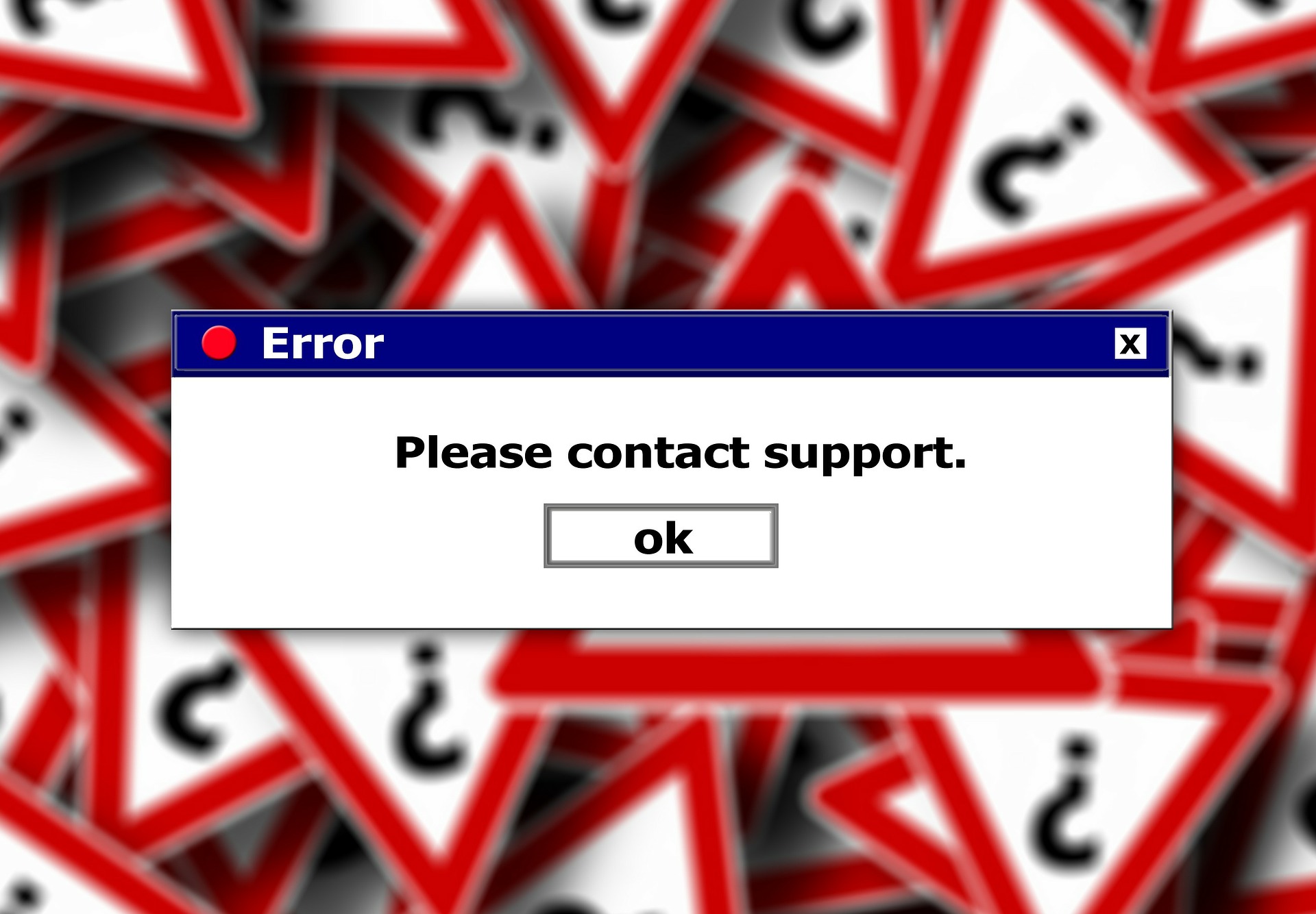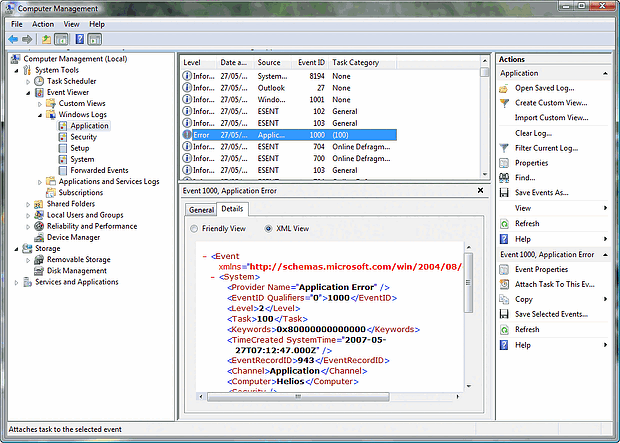 What Is a Blue Screen Stop Error?
What Is a Blue Screen Stop Error?
Blue Screens of Death (sometimes Doom) or BSoDs have been around in all Windows operating systems since Windows 3.1.
It was originally a way to report driver errors but since then it has become an error reporting tool for all hardware, driver and system issues such as overheating, faulty memory, power supply issues and incompatible files.
Usually they report problems that cannot be fixed by a simple restart, however now with Windows sometimes you can get lucky and the system will look for the problem to fix.
Common reasons for BSoDs are:
-
Incompatible hardware (RAM, graphics card)
-
Faulty or poorly written device drivers (hardware specific software)
-
The frequent installing of new applications. (.dll issues)
-
Damaged hardware may also cause a BSoD.
How Do I Fix It?
Only if you feel comfortable diving into the murkey world of driver assignment! But seriously it depends which error code you receive. If you're lucky enough to write down the error message in time it will greatly improve your chances of resolve. Also if your PC gives you a second chance it will boot up again into Windows and from there you can view the Event Log.

Windows Xp
Click Start, and then click Control Panel. Click Performance and Maintenance, then click Administrative Tools, and then double-click Computer Management.
In the console tree, click Event Viewer.
You can now scroll through the list of 'events' the system has logged and it's easy to see where the important ones are. They will be listed as saying Error or Critical.
Windows Vista/7
Open Event Viewer by clicking the Start button, clicking Control Panel, clicking System and Maintenance, clicking Administrative Tools, and then double-clicking Event Viewer. If you are prompted for an administrator password or confirmation, type the password or provide confirmation.
Windows 8
Press the Windows Key + W to open the search box and type 'View event logs'. Now click on the result and navigate to Windows Logs-->System.
Windows sometimes can help you out and providfes a link from the error message in the event viewer to the microsoft website to track down the reason for the error, however alot of the time it doesn't throw up any useful information.
There is possibly only one sure fire way of resolving the BSOD issue but it involves re-installing your Windows! Here are some tips on how to deal with troubleshooting. You know at Northampton Computer Repair we can help with finding out the cause of your BSoD and fix it.
Getting BSoD's? Why not Ask-A-Techie about how to go about fixing it.
Having problems browsing the internet? Maybe your browser has been hijacked. Download our free guide to Malware / Virus Prevention below.


